[Editor’s Insight] DMZ 101, a Tourist’s Guide to the DMZ
-
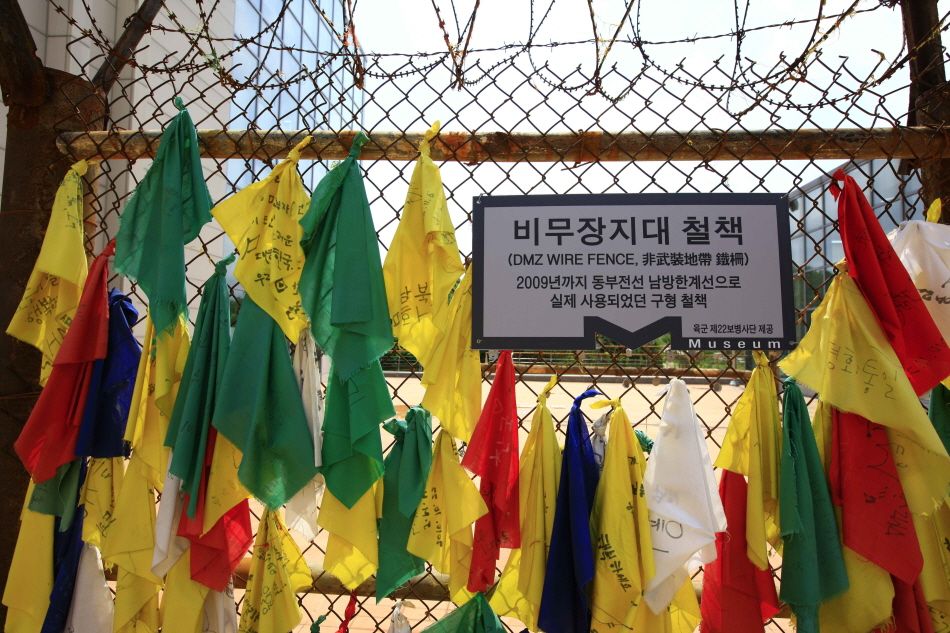 The actual DMZ Wire Fence on display at the DMZ Museum
The actual DMZ Wire Fence on display at the DMZ MuseumOn July 27, 1953, an armistice agreement was signed to cease fire in the Korean War and establish a de facto military demarcation line along the 38th parallel, which resulted in the complete division of a once united nation. A war buffer zone was created along this demarcation line, a strip of land known as the Demilitarized Zone (DMZ).
The DMZ has always been a topic of interest among travelers to Korea for its historical significance, the Korean War aftermath that still affects the two countries even to this day. Although the DMZ is a heavily military-controlled border area, certain regions around the DMZ are made accessible to civilians as a way to remember the sacrifice and loss from the Korean War, appreciate the nature reserve left untouched for decades, and hope for a peaceful reunification. If you’re interested in visiting the DMZ yourself, read on to see answers to the most frequently asked DMZ-related questions.
Where is the DMZ?
The DMZ crosses the Korean Peninsula at midpoint from east to west along the 38th parallel line, reaching a total length of 248 kilometers. The buffer zone is 4 kilometers wide with the military demarcation line running at the center, allotting a 2-kilometer-wide strip of land to each side of the country. Reference to the DMZ usually includes the 5- to 20-kilometer-wide strip of land that lies between the actual DMZ border and the Civilian Control Line (CCL), a security border separating the areas along the DMZ from the civilian areas.
 [ The DMZ regions and attractions ]
[ The DMZ regions and attractions ]In South Korea, the DMZ comprises the following regions, from west to east: Ongjin-gun, Gwanghwa-gun, Gimpo-si, Paju-si, Yeoncheon-gun, Cheorwon-gun, Hwacheon-gun, Yanggu-gun, Inje-gun, and Goseong-gun.
Areas of the DMZ are strictly controlled. However, certain places within the CCL allow civilian access under the condition they abide to the safety rules after an ID check. There are a few sites outside the CCL where civilians can visit independently without any prior authorization.
What can I expect to see in the DMZ?
Sightseeing near the DMZ border is largely divided to two types: DMZ tours and the JSA tour.
DMZ tours consist of an itinerary that takes visitors to key attractions near the DMZ border like the Imjingak Resort, observation decks for seeing the North Korea’s landscape beyond the DMZ, or other historically significant sites related to the Korean War.
The Joint Security Area (JSA) tour, also known as Panmunjeom tour, is a visit to the actual basepoint of the Military Demarcation Line. This is the tour you’re looking for if you want to visit the “blue building with armed soldiers,” the imagery often associated with the DMZ. JSA tour is only offered by agencies approved by the United Nations Commands (UNC), hence it is usually separated from other DMZ tours depending on the tour agency.
Choosing which DMZ attractions to visit may be daunting, especially if you are a tourist staying for a short period of time. Here are a few recommendations to help narrow down your options.
Paju
-
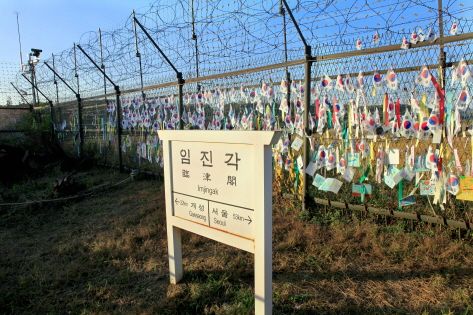 Imjingak Resort & Panmunjeom (JSA)
Imjingak Resort & Panmunjeom (JSA) -
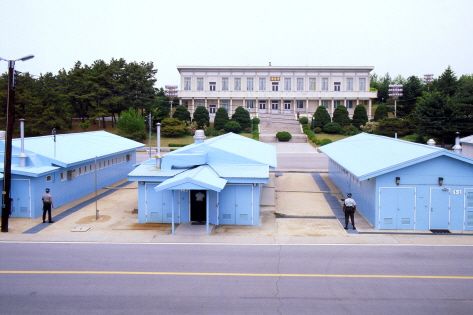 Imjingak Resort & Panmunjeom (JSA)
Imjingak Resort & Panmunjeom (JSA)
Imjingak Resort, the 3rd Tunnel, Camp Greaves, Dora Observatory, Woljeong-ri Station: The most accessible DMZ attractions to get to from Seoul. These attractions are all gathered around the same area so it’s recommended if you want to get the most out of your DMZ tour.
Panmunjeom and JSA: Unquestionably the most popular DMZ attractions among tourists. However, the site currently does not accept non-Korean citizen entry as of July 2024.
Related pages: Paju DMZ Attractions, Panmunjeom Tour
Yanggu
-
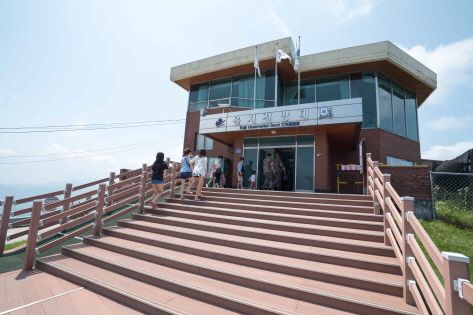 Eulji Observatory & Yanggu War Memorial
Eulji Observatory & Yanggu War Memorial -
 Eulji Observatory & Yanggu War Memorial
Eulji Observatory & Yanggu War Memorial
Yanggu Unification Hall: An exhibition hall focusing on life in North Korea and the place where you sign up and apply for admission to Yanggu War Memorial Hall,
Eulji Observatory and the 4th Tunnel.* Eulji Observatory & the 4th Tunnel are currently closed as of July 2024.
Related page: Yanggu DMZ Attractions
Goseong
-
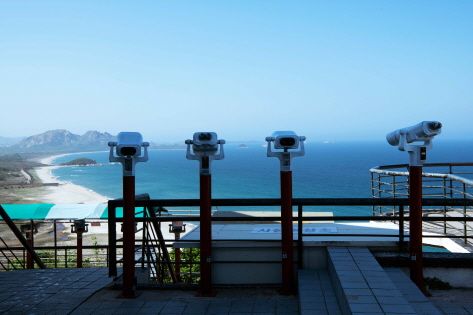 Goseong Unification Observatory & DMZ Museum
Goseong Unification Observatory & DMZ Museum -
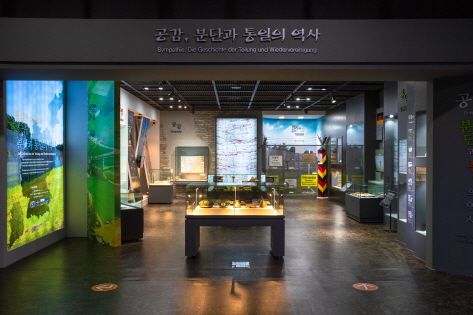 Goseong Unification Observatory & DMZ Museum
Goseong Unification Observatory & DMZ Museum
Goseong Unification Observatory & DMZ Museum: An observatory where you can catch a glimpse of North Korean lands and a museum about the DMZ.
Related page: Goseong DMZ Attractions
When can I visit the DMZ?
Most DMZ attractions are subject to irregular schedules, except for the exhibitions located outside the CCL. Due to the nature of the attractions, travelers should be aware that tours may be subject to last minute cancelation when political or security issues arise between the South and North Koreas, in which case the CCL borders, and sometimes the nearby regions, become closed to non-resident civilians. Stay in contact with your tour agency for any last minute changes. If you’re planning on travel individually, follow up with the DMZ site’s regional government office before your travel.
How do I visit the DMZ?
While Koreans can cross the CCL independently with a simple ID check, non-Korean citizens may not be guaranteed entry to the civilian controlled zone when visiting individually. Moreover, the fact that almost all near-the-border locations require your own vehicle due to the lack of public transportation options does not make it any easier for tourists. With the exception of Imjingak Resort, which you can get to by taking the subway from Seoul, signing up for a tour through an authorized tour operator or organization is the most convenient way to look around DMZ attractions.
There are many DMZ tours available online varying in offered attractions and available options like pickup service, meals, and shopping requirement, so it’s recommended to see program details thoroughly to choose the right one for you.
Recommended Tours
VK-promoted Tours & Packages
Tours offered by Public Organizations
- Korea War History DMZ Tour by KORAIL
- National Security Tour by Cheorwon-gun
- DMZ Transit Tour by Incheon International Airport (limited to layover travelers only)
Besides the mentioned tours above, you will also find many private DMZ tours available on various online booking platforms.
Reminder
Remember that you are entering a security area. You must have your passport with you to enter a DMZ site beyond the CCL. You must follow the rules within the premises at all times, and follow your guide’s instructions if you’ve joined a tour. You may also have restrictions on your attire, where you can take photos, and accessible areas. Take note of all the precautions and notices that are given to you before and during your tour.
Related Column
- Experience the Real DMZ at DMZ LIVE
More info
- 1330 Korea Travel Helpline: +82-2-1330
- 1330 Text Chat: url.kr/PBeNi2 (Korean, English, Japanese, Chinese, Russian, Vietnamese, Thai, Indonesian)
*This page was last updated in August 2024, and therefore information may differ from what is presented here. We advise you to check details before visiting.
-
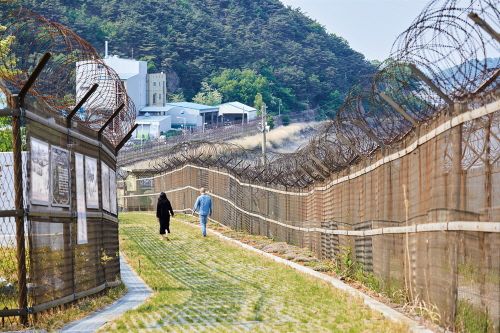


Xin vui lòng đăng nhập trước!